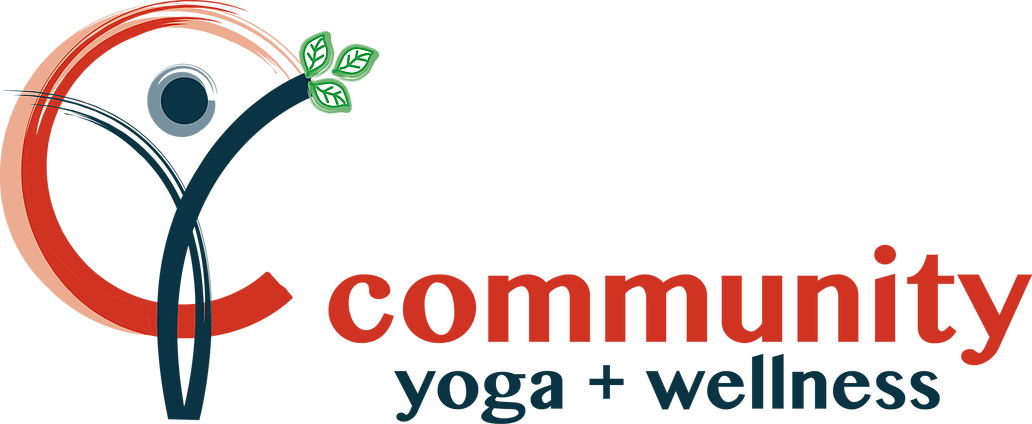Why Iyengar Yoga
Fun, dynamic, accessible
During a class we usually cover a range of poses (asanas) and sometimes variations of the same pose.
Classes begin and end quietly, so students can walk out feeling invigorated but relaxed.
The instructions require us to be attentive and develops our ability to be mindful.
Yoga classes sometimes provide intensive physical exercise - but this is always geared to the student's level of experience and ability.
Students are given alternatives if certain poses are not suitable. Over time, through the practice of yoga, we learn how to modify poses with props or variations according to our needs.
We look to ensure the poses are done safely, while also exploring our limits - in this way we can find out something new about ourselves and our bodies.
Some classes are as short as 60 minutes, with the opportunity to do more than one class per week. This way, yoga becomes a regular part of our lives and facilitates the development of our practice.
In class, students learn by hearing instructions and seeing demonstrations. Students may also benefit from receiving adjustments while in a pose.
Photo © Jake Clennell
Props
Yoga is for everyone, regardless of age, health status, current fitness, and flexibility. Props are used in the Iyengar style of yoga to help us practice safely and find proper alignment. Props allow us to access poses and can be used as support in restorative poses or challenge the more experienced student.
Teaching Style
We all learn in different ways, so the Iyengar style of yoga employs a variety of techniques:
Demonstration - you will be asked to watch the teacher or another student do a pose.
Instruction - you will hear verbal instructions from the teacher.
Adjustment - the teacher may give adjustments to assist students in a pose.
Each of these methods can aid the learning process and students may experience one or all of these methods of teaching in class.

